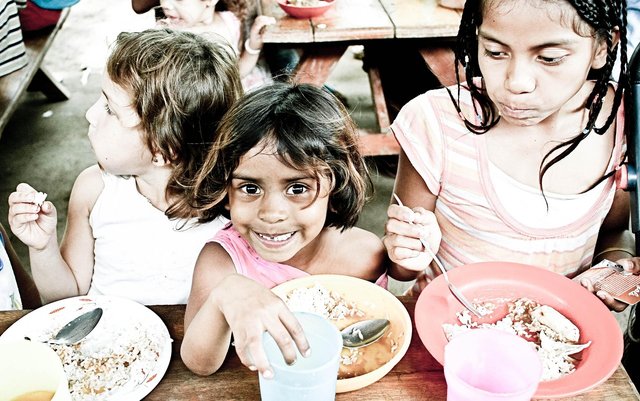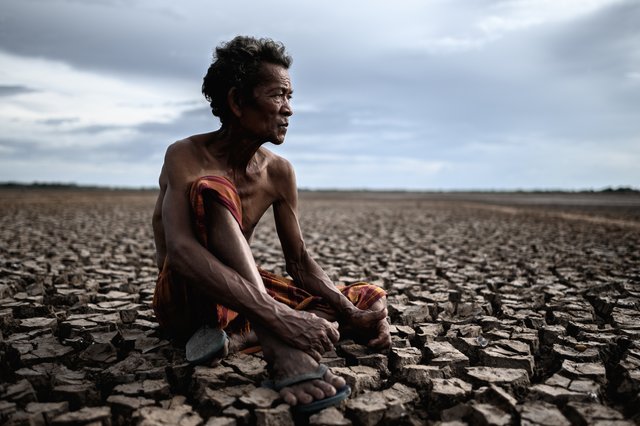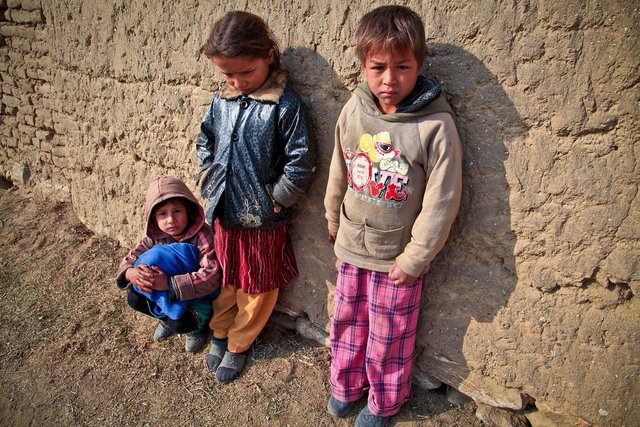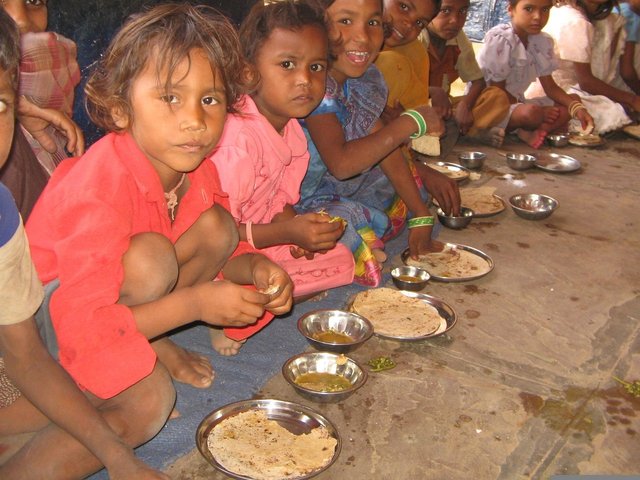"Understanding the silent crisis of malnutrition"
 source source |
|---|
Malnutrition is one of those problems that silently affect millions of people around the world every day. It happens when a person’s body doesn’t get enough nutrients, vitamins, or minerals to stay healthy. Sometimes, it also happens when someone eats too much of the wrong kinds of food. In simple terms, malnutrition means the body is not properly nourished, either because of too little food or poor-quality food.
When most people hear the word “malnutrition,” they often think of starving children with thin arms and visible ribs. While that’s one part of it, malnutrition is much more than that. It can affect anyone no matter your status; rich or poor, young or old, depending on how they eat and what kind of lifestyle they live.
Types of Malnutrition
There are mainly two types of malnutrition:
Undernutrition happens when the body doesn’t get enough calories or essential nutrients. This is common in places where food is scarce, or people can only afford meals that fill the stomach but lack nutrients. For example, a child who only eats rice every day without vegetables, fruits, or protein might start looking weak, tired, and smaller than other children of the same age.
Overnutrition, on the other hand, occurs when people eat too many calories, often from sugary, fatty, or processed foods. This leads to obesity, diabetes, and heart problems. Ironically, a person can be overweight and still be malnourished because their body is not getting the right balance of nutrients. That’s why malnutrition is not just about being thin, it’s about the quality of food we eat.
 source source |
|---|
Causes of Malnutrition
The causes of malnutrition are many, but poverty is one of its biggest cause. When people don’t have enough money, they tend to eat whatever is available, not necessarily what is healthy. In many poor communities, people eat mainly carbohydrates like cassava, yam, or maize, but lack protein, fruits, and vegetables because they can afford it.
Another cause is lack of knowledge. Many people simply don’t know what a balanced diet looks like. Some mothers may not realize that children need protein-rich foods like beans, eggs, and milk for proper growth. Others believe certain traditional myths that prevent them from eating nutritious foods.
Health issues also play a role. Diseases like diarrhea, malaria, and HIV/AIDS can make the body lose nutrients faster or reduce its ability to absorb food properly. Pregnant women, in particular, need extra nutrients, and if they don’t get them, both mother and baby may suffer from malnutrition.
There are also social and environmental causes. In times of war, drought, or flooding, food supply becomes limited, leading to hunger and malnutrition. Even in peaceful areas, poor roads or high food prices can make it hard for people to access good food.
 source source |
|---|
Effects of Malnutrition
The effects of malnutrition can be serious and long-lasting. For children, it can cause stunted growth, meaning they do not grow as tall or as strong as they should. It also weakens their immune system, making them fall sick often. A malnourished child might find it hard to concentrate in school, which can affect their future opportunities.
For adults, malnutrition reduces energy and productivity. Someone who doesn’t eat well often feels tired, weak, and unable to work effectively. In women, it can cause complications during pregnancy and childbirth. In men, it can reduce strength and concentration.
On a larger scale, malnutrition affects a whole country’s progress. A nation full of weak, sick people cannot grow economically. It also puts pressure on hospitals and healthcare systems because more people get sick frequently.
How to Prevent Malnutrition
The good news is that malnutrition can be prevented. It starts with education. People need to know what a balanced diet is and why it’s important. Schools, health centers, and community programs can help teach families how to make nutritious meals using affordable local foods.
 source source |
|---|
Governments also play a big part. They need to create programs that support farmers so that food is available and affordable. School feeding programs can make sure children eat at least one healthy meal every day. Health workers should monitor pregnant women and children regularly to detect signs of malnutrition early.
At home, small changes can make a big difference. Families can start small gardens to grow vegetables or fruits. Parents can try to include at least a little protein in every meal — like beans, eggs, fish, or meat. Even breastfeeding newborns for the first six months without giving water or pap helps prevent early malnutrition.
Finally!
Malnutrition is not just about hunger; it’s about health, growth, and the quality of life. Every person deserves access to good food that nourishes their body and mind. It takes everyone no matter your status, family, community, and even the governments to fight malnutrition together. When people eat right, they live stronger, think better, and contribute more to society. Ending malnutrition means building a healthier and more hopeful world for generations to come.
